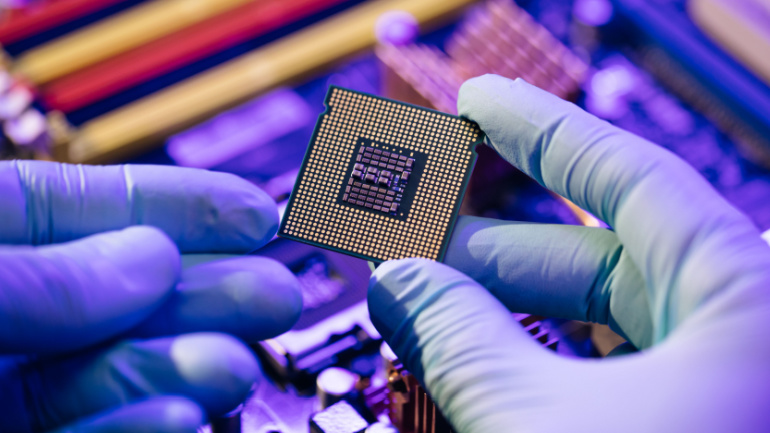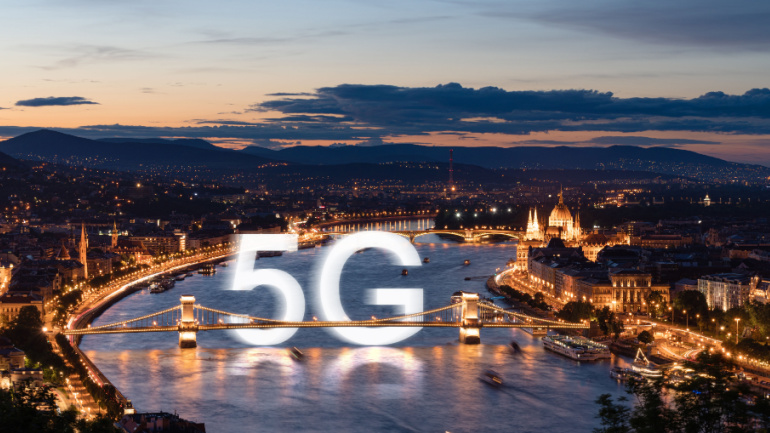CWCS, a well-established telecommunication company, is amplifying its services through the strategic acquisition of a new site in response to growing customer demands. With an elaborate suite of colocation and cloud services, the company continues to fortify its role as a trusted partner in data hosting.
A research team led by Professor Wang Cheng from the Department of Electrical Engineering (EE) at City University of Hong Kong (CityUHK) has developed a world-leading microwave photonic chip that is capable of performing ultrafast analog electronic signal processing and computation using optics.
In a groundbreaking move, Mavenir is joining forces with Terrestar Solutions, a satellite operator based in Canada, to pioneer a project that seamlessly blends satellite connectivity with Open RAN terrestrial networks. This collaboration, revealed just before the Mobile World Congress (MWC), aims to offer users across the globe uninterrupted connectivity by merging satellite and terrestrial network capabilities.
TELUS, in partnership with Samsung Electronics, has unveiled plans to initiate Canada’s inaugural commercial virtualized and open radio access network (RAN), marking a significant leap forward in the telecom industry. This next-generation network technology aims to elevate performance, flexibility, energy efficiency, and automation, setting a new standard for mobile connectivity across Canada.
Sinch, which powers meaningful conversations between businesses and their customers through its Customer Communications Cloud, announced its messaging APIs and solutions are available on Temenos Exchange, the partner ecosystem of integrated fintech solutions.
LogRhythm, the company helping security teams stop breaches by turning disconnected data and signals into trustworthy insights, has expanded its partnership with e-finance, a subsidiary of e-finance Investment Group to deliver secure digital transformation in Egypt. The strategic expansion of the partnership sees the integration of LogRhythm into e-finance’s cloud computing platform. e-finance’s customers across critical industries including fintech, government, and healthcare gain access to LogRhythm SIEM to uncover threats, mitigate attacks, and scale their business with confidence.
In a significant stride towards making its 5G network more robust for future technologies, Finland’s Elisa has successfully tested a new uplink carrier aggregation technology. This test, a collaboration with telecom giants Ericsson and Qualcomm, marks a leap in preparing for the demands of the metaverse and other advanced applications.
Telxius, a leading global connectivity provider, has been recognized at the 2024 Data Center Market (DCM) Awards for its Derio Data Center. It has won the award for Excellence in Connectivity, providing a state-of-the-art facility near Bilbao, in northern Spain, designed to harness the potential of the subsea cables connected to it.
Neterra, a telecommunications trailblazer for nearly three decades, recently secured the prestigious ‘Best Central & Eastern European Carrier’ award at the Global Carrier Awards 2023. In an exclusive interview with Svetoslava Bancheva, the PR and Digital Communications Manager, Neterra’s evolution from providing Bulgaria’s first internet connection to becoming a global telecom solution provider unfolds. Svetoslava highlights pivotal milestones, including running submarine cables under the Danube River and the establishment of the Sofia Data Center.
Ofcom, the UK’s telecom regulator, wields new measures to curb fraudulent calls and misuse of Calling Line Identification data internationally. This initiative directly targets scammers exploiting loopholes to feign UK numbers. While exceptions exist for legitimate overseas use, maintaining the balance without obstructing genuine calls is an imperative yet challenging pursuit.













